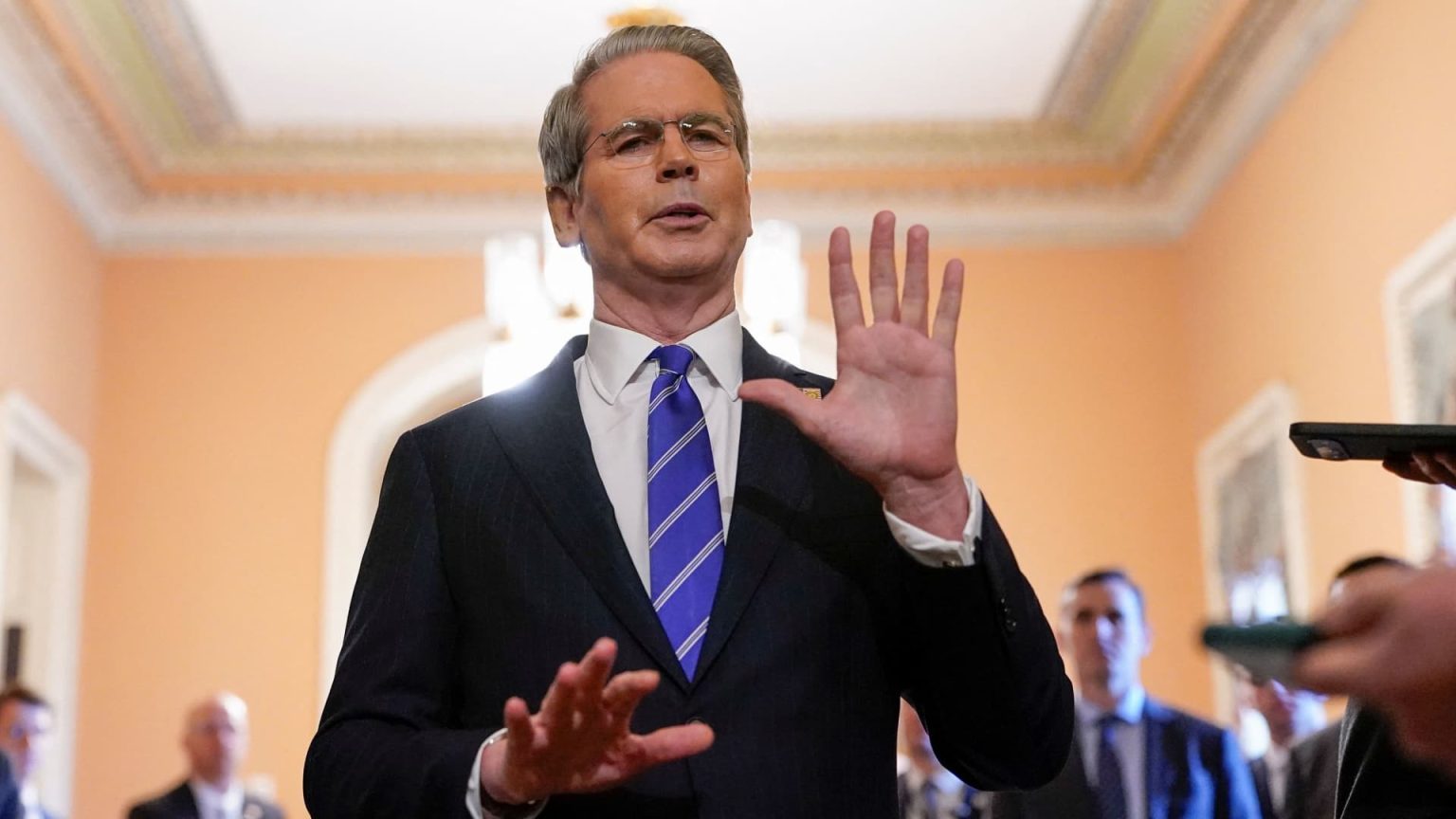U.S. Treasury Secretary Scott Bessent recently confirmed that tariffs initially announced in April will come into effect on August 1 for countries that have not reached an agreement with the administration of President Donald Trump. During his appearance on CNN’s “State of the Union,” Bessent stated that letters would be sent to trading partners, signaling a potential return to previous tariff levels should negotiations fail. This announcement follows a 90-day tariff pause and raises concerns among investors regarding the future of trade relations.
| Article Subheadings |
|---|
| 1) Overview of Tariff Implementation |
| 2) Understanding the April Announcements |
| 3) Implications for Trading Partners |
| 4) Economic Reactions and Market Concerns |
| 5) Future Trade Deal Expectations |
Overview of Tariff Implementation
In a recent address, Treasury Secretary Scott Bessent announced that the tariffs initially declared in April would take effect on August 1 for countries that have not finalised agreements with the Trump administration. Through this move, the administration aims to establish a timeline for trading partners, stating, “President Trump’s going to be sending letters to some of our trading partners saying that if you don’t move things along, then on August 1, you will boomerang back to your April 2 tariff level.” This effectively means that countries failing to negotiate will face increased tariffs starting in August, returning to the levels set earlier in the year.
Understanding the April Announcements
In April, President Donald Trump announced a temporary halt on implementing steep tariffs against most major trading partners, granting a 90-day reprieve. This pause was initially intended to facilitate discussions with nations like China and the European Union regarding trade discrepancies. However, as this temporary measure approaches its end, the necessity for conclusive agreements becomes increasingly urgent. Bessent clarified that this is not yet another deadline but rather a scheduled action designed to expedite negotiations. He remarked, “We are saying this is when it’s happening, if you want to speed things up, have at it, if you want to go back to the old rate that’s your choice.”
Implications for Trading Partners
The announcement carries significant implications for U.S. trading partners who have been attempting to negotiate terms favourable to both parties. The international trading community is now left grappling with the prospect of increased trade barriers should discussions remain stagnant. Bessent indicated that countries that receive the letters will face a crucial choice; they can either accelerate their negotiation efforts or risk returning to the tougher tariff levels previously enacted. This situation places increasing pressure on trading partners to resolve outstanding issues quickly or face economic consequences.
Economic Reactions and Market Concerns
Financial markets have responded to the looming deadline with caution, as uncertainties surrounding tariff rates create an atmosphere of tension. Investors are particularly concerned about potential retaliatory measures from trading partners, which could further complicate the U.S. already intricate trade dynamics. Bessent’s comments point toward a preparedness for negotiation but also signal a readiness to act should agreements not materialize. “We’ll be looking at how our trading partners respond in the next couple of weeks,” he stated, indicating a keen watchfulness on the unfolding economic landscape.
Future Trade Deal Expectations
Looking ahead, Bessent hinted at the possibility of announcing new trade deals in the near future, fueling expectations for constructive outcomes. “I would expect to see several big announcements over the next couple of days,” he noted when questioned about the administration’s position as the August deadline approaches. This anticipatory tone suggests that the administration is actively seeking resolutions to outstanding trade issues, encouraging industry observers to remain vigilant for forthcoming developments.
| No. | Key Points |
|---|---|
| 1 | Tariffs announced in April will reactivate on August 1 for non-compliant countries. |
| 2 | A 90-day tariff pause will expire, prompting urgency in negotiations. |
| 3 | Trading partners face challenges as they prepare for potential tariff escalations. |
| 4 | Financial markets express caution concerning impending tariff decisions. |
| 5 | Expectations rise for potential new trade agreements in the coming days. |
Summary
The announcement of the tariff implementation date signifies a pivotal moment in U.S. trade relations, as countries must now expedite discussions to avoid reverting to higher rates. Treasury Secretary Scott Bessent underscores the administration’s serious stance on maintaining trade discipline while also hinting at potential future agreements. As the business world watches closely, the outcomes will undoubtedly shape economic interactions for the foreseeable future.
Frequently Asked Questions
Question: What is the significance of the tariff announcements?
The tariff announcements indicate a shift in U.S. trade policy that could reinstate higher tariffs on countries that do not negotiate favorable terms. This impacts international trade relations significantly.
Question: How will the August 1 deadline affect negotiations?
The August 1 deadline serves as a motivator for trading partners to finalize agreements. Without compliance, countries risk reverting to higher tariff levels initially set earlier in the year.
Question: What are the potential consequences for companies involved in international trade?
Companies may face increased costs and market uncertainties if tariffs are reinstated, potentially making their goods less competitive and affecting overall investment strategies.


